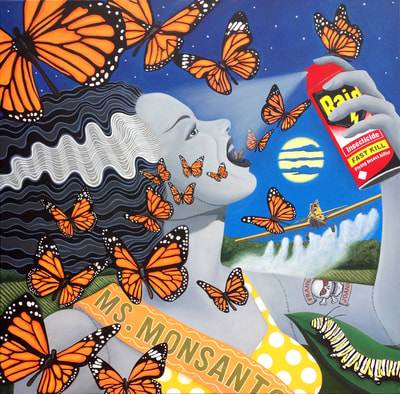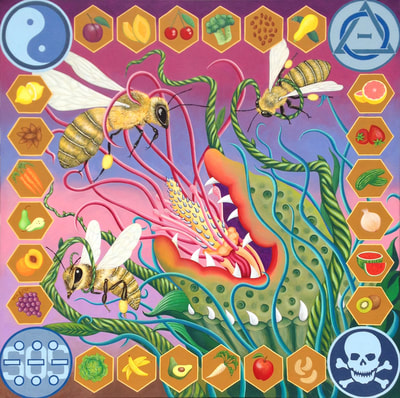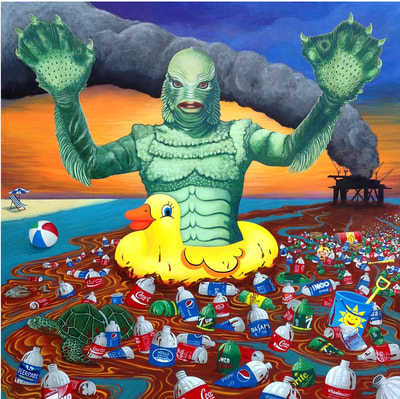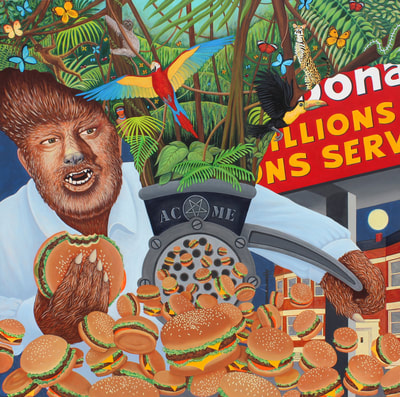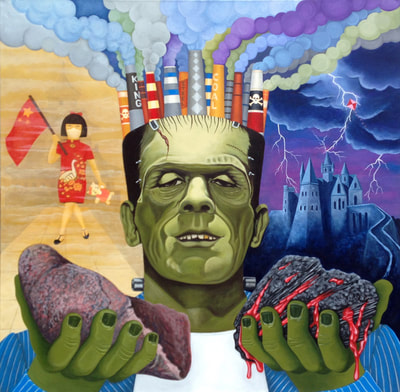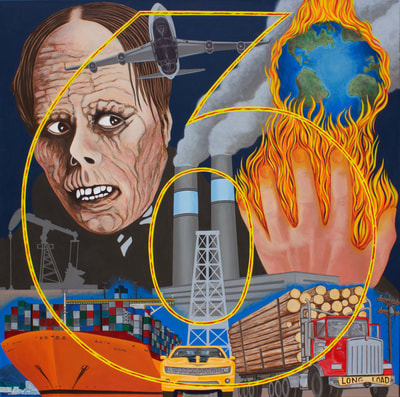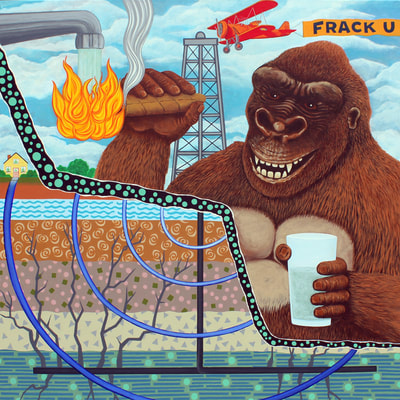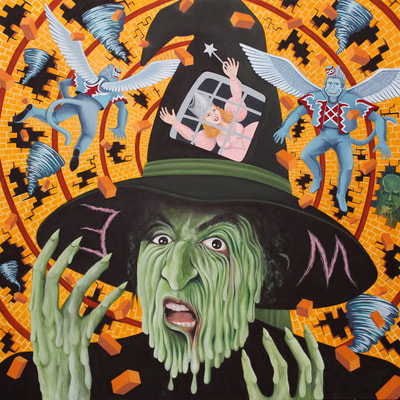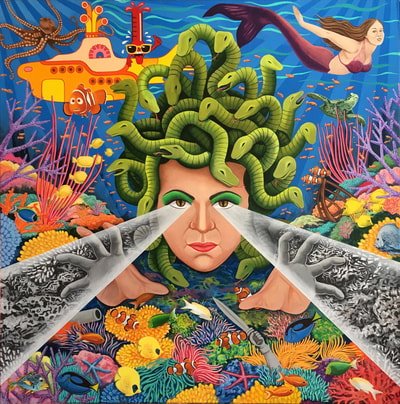The big losers are action on the climate emergency and the likelihood that Labor will never be as ambitious with its policies again
 |
| Scott Morrison has won the 2019 Australian election. Now he will have to come up with a more substantial policy offering than was apparent in the campaign. Photograph: Rick Rycroft/AP |
But some things can be known. This was an election in large part about the climate emergency, and the field evidence shows Australia in 2019 is deeply divided about the road ahead.
Some voters clearly want action. Inner metropolitan Australia swung to Labor in its safe seats and in safe Liberal seats, such as Kooyong, North Sydney and Higgins, and the voters of Warringah also showed Tony Abbott, the chief climate wrecker, the door – but the outer suburbs and regional Australia swung in the other direction. Queensland was an absolute disaster zone for Labor, with the ALP clubbed, with the help of Clive Palmer and Pauline Hanson, in coal country.
Bill Shorten is finished as Labor leader, and Anthony Albanese is his most likely successor, although others are weighing up their options.
Chris Bowen, who suffered a 7% negative swing on Saturday night, has not ruled out running, and the Victorian rightwinger Richard Marles ducked a question about his intentions on Saturday night. It will be interesting to see the intentions of the Queensland rightwinger Jim Chalmers, and Tanya Plibersek.
 |
| Bill Shorten led Labor to a shock defeat in Saturday’s election. Photograph: Mike Bowers/The Guardian |
While some on Saturday night were more inclined to blame franking credits, Shorten’s substantial unpopularity with voters and a poor campaign rather than climate policy for the defeat, it is unclear, as of now, whether the opposition will have the resolve to go to another election championing an ambitious policy.
In his concession, Shorten noted that the divisions on the climate crisis were etched into Saturday night’s result, and he said “for the sake of the next generation, Australia must find a way forward” on the issue.
Albanese – who will certainly stay the course on climate if he is the succession plan – sent a strong signal on Saturday night that Labor was a progressive political movement and would remain so. Labor existed, Albanese said, “to change the power balance in society, whether that be economic power, political power or social power – that is our task and it is one that I will continue to pursue whether in government or, if we aren’t fortunate to be in government in whatever capacity over the coming days, weeks, months and years”.
While Labor attempts to recover and recalibrate after losing the unlosable election, Scott Morrison, victorious in Sydney, gave thanks to miracles, and the Liberal party’s campaign director, Andrew Hirst, and to Queensland and the “quiet Australians” who stuck with the Coalition despite the government spending two terms in office giving them every reason not to.
Morrison is the hero of the hour for the Liberal party and rightly so, having pulled them out of the fire with a negative, ruthlessly efficient, gravity-defying solo act that convinced a majority of Australians in the right seats that if they didn’t trust Shorten, they couldn’t trust Labor.
The Liberal leader will emerge from the experience of the past six months with his authority enhanced among colleagues who have lived to roil, particularly if he pulls them all back into governing in majority, which is what backroom strategists in the Liberal party are predicting will be the end result.
Morrison spent zero time during this campaign telling anyone what he would do with this authority in the event it was conferred upon him by the voters – so that task awaits Australia’s prime minister-elect, beginning Sunday.
Links
- Australians Disagree On How Important Climate Change Is: Poll
- Stark Climate Policies On Offer At This Election But Will Voters Bite?
- 62 Experts Urge Next Parliament to Make Climate Action a Top Priority
- Climate Change Election: Where Do Parties Stand And What Can We Expect After Saturday?
- Federal Election 2019: Vote Compass Finds Broad Desire For More Action On Climate Change
- Australia’s Major Parties’ Climate Policies Side-By-Side
- The Climate Change Election: Where Do The Parties Stand On The Environment?
- 'Appalling' Policy Inaction Draws Former UN Climate Leader Into Federal Election Campaign
- Carry-Over Credits And Carbon Offsets Are Hot Topics This Election – But What Do They Actually Mean?
- 'Not Adequate': Experts Rate Australian Political Response To Extinction Crisis
- Government Sits On Secret Modelling Of Climate Policy Costs
- Cloudy Outlook On Climate Change Ahead Of Election
- News Corp's Climate Campaign
- Australia’s Politics May Be Changing With Its Climate
- Climate Cuts, Cover-Ups And Censorship






